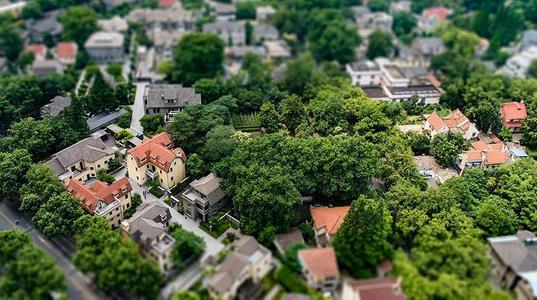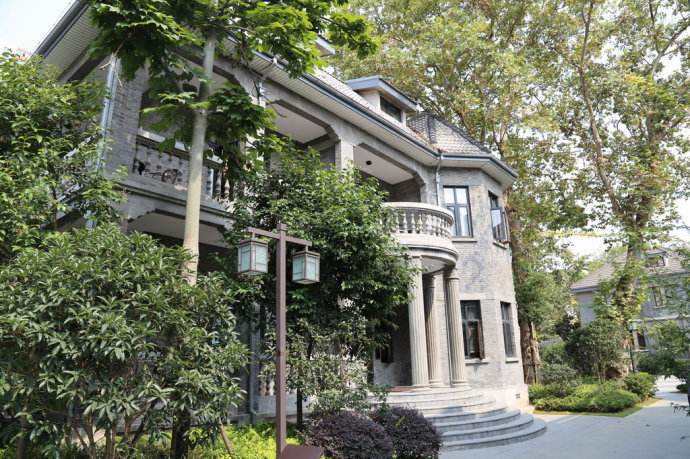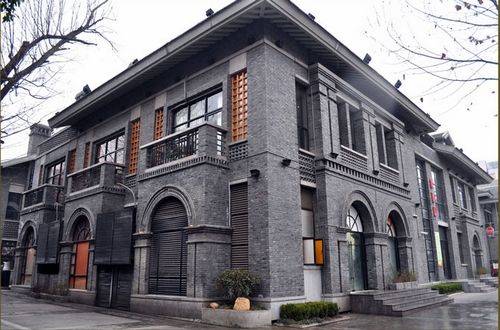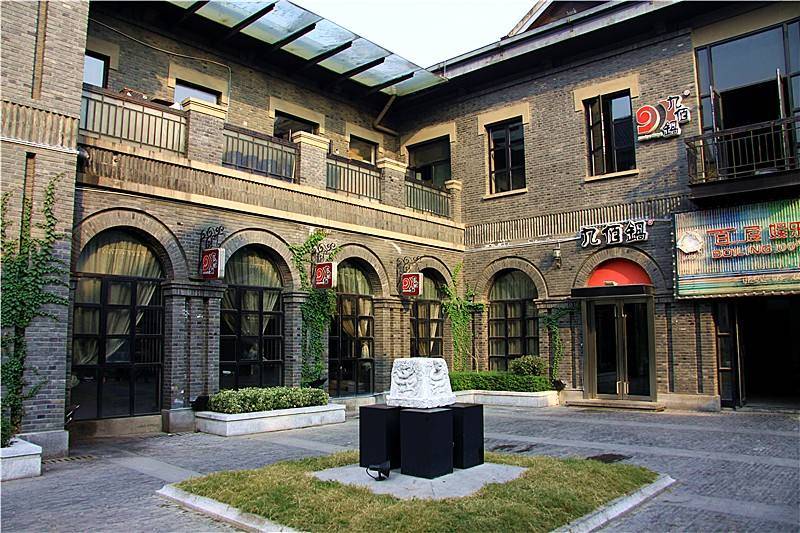Pukou Railway Station (Nanjing North Station)
Located in Pukou District, Nanjing City, Pukou Railway Station was built in the third year of the Republic of China (1914). It was the southern terminus of the Jinpu Railway at that time and has always been a crucial transportation hub and a strategic military location. Pukou Railway Station is a frequently mentioned place in modern Chinese history. The scene where Sun Yat-sen's coffin was transported to Nanjing and the farewell scene of the father in Zhu Ziqing's essay 'Back View' both took place here. It has unique characteristics of the Republic of China era and embodies profound historical significance.
Zhongshan Station, also known as Xiaguan Wharf, is located in Xiaguan, Gulou District, Nanjing City, on the southern bank of the Yangtze River. It is a ferry terminal with the 'Ning-Pu Line' ferry service operating year-round to the opposite Pukou Wharf. In 1928, to ensure the smooth conduct of Dr. Sun Yat-sen's funeral ceremony, the National Government decided to build a wharf on the Xiaguan riverbank to receive his coffin and named it the Capital Wharf of the Jinpu Railway. After the funeral ceremony, to commemorate Dr. Sun Yat-sen, the Xiaguan Wharf where his coffin landed was designated as Zhongshan Wharf, a name that has been used ever since.
Yihe Road Republic of China Mansion Area
This area was once known as the 'Republic of China Government Office Area' and the 'Embassy Area'. It is now praised as the 'Modern Architectural Model Area' and the 'Republic of China Architecture Museum'. Walking slowly along Ninghai Road, you will find more than 220 old buildings from the Republic of China era on both sides. It is the region with the most Republic of China buildings in China.
Nanjing Presidential Palace
Located on Changjiang Road in Xuanwu District, Nanjing, it is a large and well-preserved architectural complex with a history of over 600 years, originally the residence of the Marquis of Guide and the Prince of Han during the early Ming Dynasty. It is one of the main representatives of Nanjing architecture. On January 1, 1912, Sun Yat-sen was sworn in as the provisional president here, and it was designated as the Presidential Palace. Later, it also served as the Presidential Palace of the Nanjing National Government.
It is the best-preserved and developed block of Nanjing's Republican-era architecture and old urban buildings. This group of buildings, with alternating gray and brick-red colors, has a quaint and exquisite style, and is arranged in an L-shape around the Presidential Palace. It was once a residential area for National Government staff, young officers, and bank employees, but has now been transformed into restaurants and bars, with some newly built imitation ancient-style buildings.
Former Site of Ginling College
Located on Ninghai Road in Gulou District, Nanjing, Ginling College was founded in 1915 by seven churches including the American Christian Church, the Presbyterian Church, and the London Missionary Society. It is the first women's college in China.















